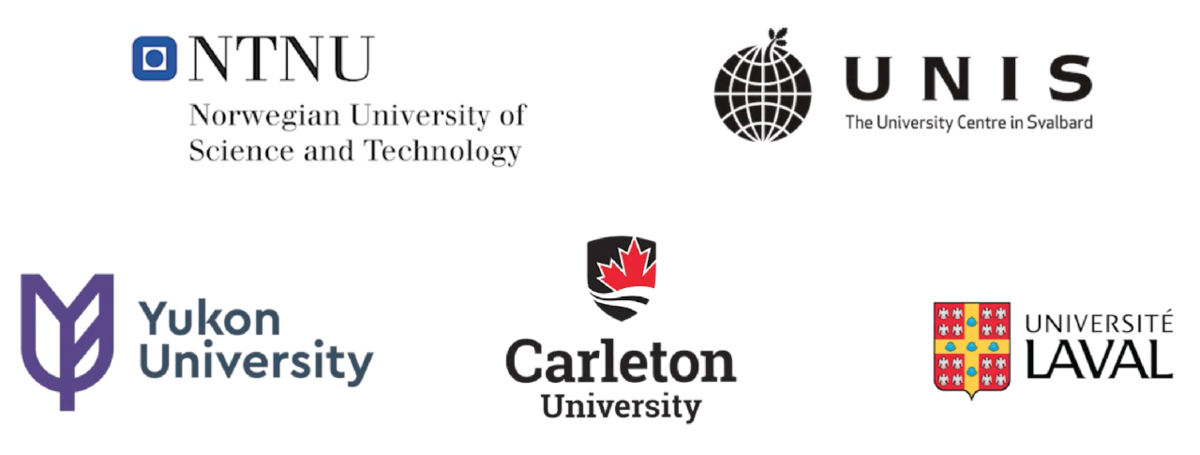Elements of Permafrost Science with Dr. Chris Burn (Carleton University)
This module uses the basic principles covered previously to explain permafrost features and describe how permafrost environments are changing under a warming climate.
In this video, Dr. Chris Burn reviews some of the key concepts covered previously in modules 1 and 2, including the ground thermal regime and soil freezing processes.
Summary video |
In this video, Dr. Chris Burn explains how an ice-rich zone can develop at the top of permafrost.
Summary video |
In this video, Dr. Chris Burn describes the processes associated with cryoturbation and the formation of hummocks and stone circles.
Summary video |
In this video, Dr. Chris Burn discusses permafrost carbon: how much there is, where it’s found, and the potential impacts of permafrost thaw on atmospheric carbon levels.
Summary video |
In this video, Dr. Chris Burn covers the geomorphology of ice-wedge polygons.
Summary video |
In this video, Dr. Chris Burn illustrates how thaw of ice-rich materials causes subsidence.
Summary video |
In this video, Dr. Chris Burn describes the development of thermokarst (thaw) lakes.
Summary video |
In this video, Dr. Chris Burn discusses where, how, and why thaw slumps form, and presents a case study of thaw slump evolution over time.
Summary video |
In this video, Dr. Chris Burn shows how climate is changing in Canada’s North, and how these changes have impacted permafrost temperatures, thaw subsidence, and landslide activity.
Summary video |
In this video, Dr. Chris Burn discusses how climate change can lead to gradual change, accelerated change, and exceptional events in permafrost terrain, and how these changes impact infrastructure like drilling waste sumps and highways.
Summary video |
In this video, Dr. Chris Burn summarizes the trajectory of permafrost science, from its foundations to the present day.
Summary video |
These materials aim to summarize some of the basic ideas and information you may need to understand the behaviour and sensitivity of permafrost terrain. The videos are organized into 3 modules, where each module contains 8 lectures. For each lecture, there is a short summary video. Full-legnth lectures will be posted soon, so stay tuned!
Module 1: The Ground Thermal Regime
Module 2: Ground Ice Characteristics and Development
Module 3: Permafrost Geoscience
 |
This video series was sponsored by the Frozen Canoes Project of the Research Council of Norway. The Frozen Canoes Project provides education on landscape and infrastructure dynamics in frozen environments undergoing climate change in Canada, Norway, and Svalbard. This project is a collaborative effort between five partner universities: |
